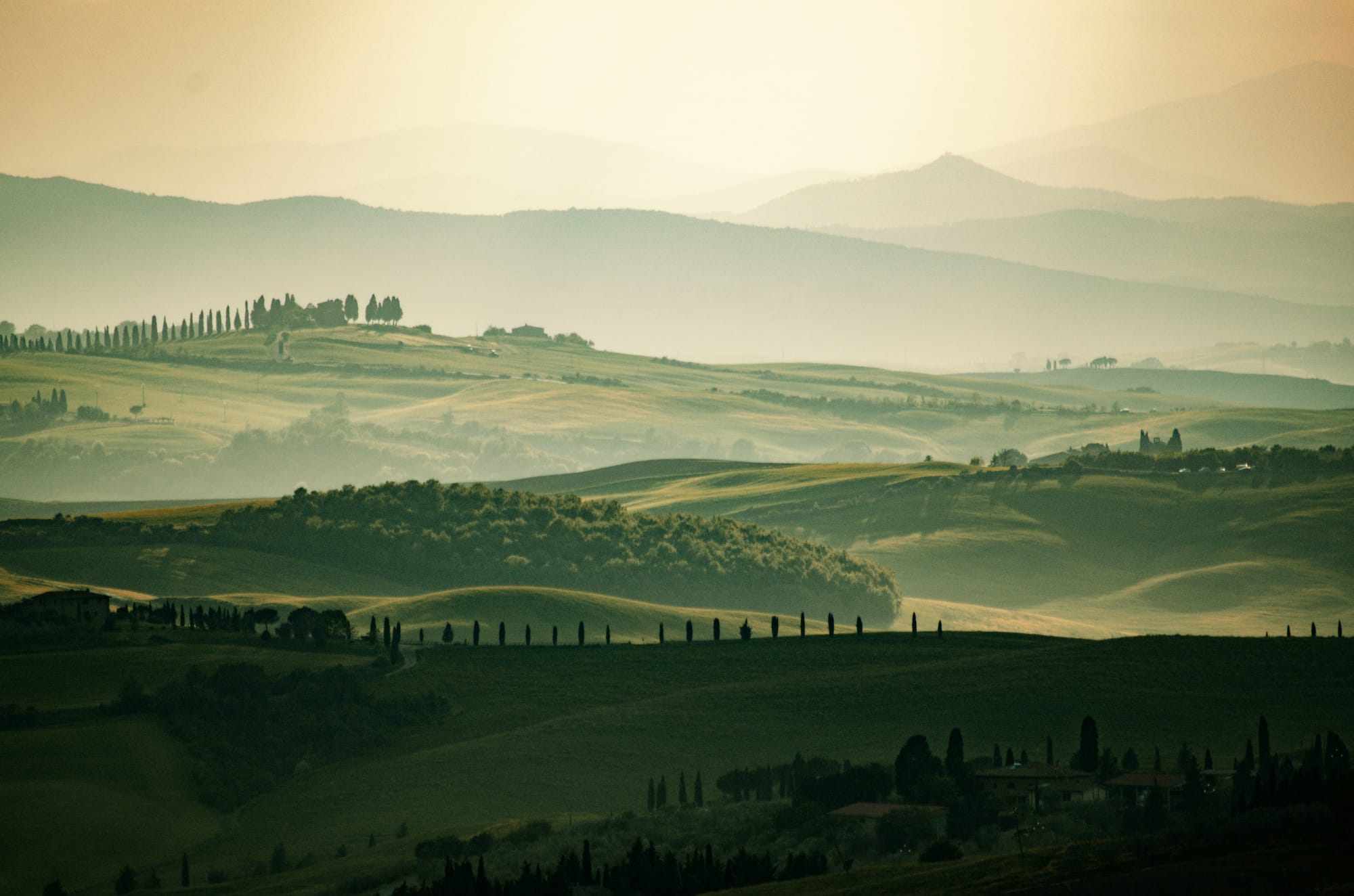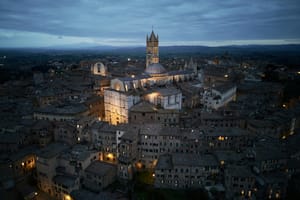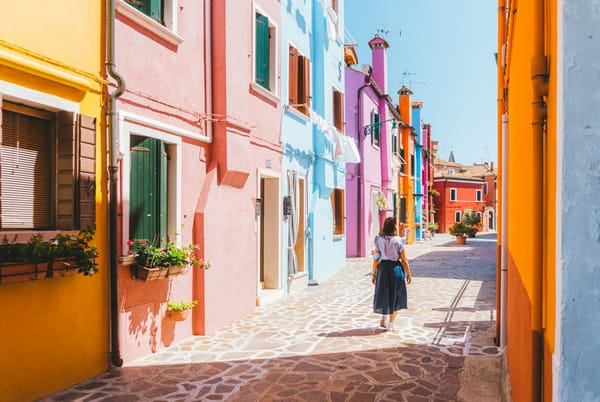Italy offers a dramatically different experience depending on the time of year: more than just a shift in weather, the changing seasons transform the nation's landscapes, daily rhythms, and cultural offerings. Understanding this seasonal cadence is the foundational step for any traveler looking to craft an authentic and deeply personal Italian journey.
This guide moves beyond simple temperature charts to explore the distinct character of each season—the atmosphere, the regional opportunities, the flavors on the table, and the practical considerations for planning. From the alpine chill of the north to the sun-drenched shores of the south, Italy's climate is as varied as its culture, making the choice of when to visit a crucial element of the travel experience.
Understanding Italy's climate: the North-South divide
Before delving into the individual seasons, it's essential to understand Italy's primary climatic division.
- Northern Italy (e.g., Milan, Venice, the Dolomites): Experiences a more continental climate with distinct seasons. Winters are often cold, with snow in the mountains and fog in the Po Valley. Summers can be hot and humid.
- Central Italy (e.g., Florence, Rome, Umbria): Features a Mediterranean climate that is generally milder. Winters are cooler and can be wet, while summers are long, hot, and dry.
- Southern Italy & the islands (e.g., Naples, Sicily, Sardinia): Boasts a classic Mediterranean climate with very mild, short winters and long, hot, arid summers. The season for swimming and sunbathing starts earlier and ends later here than anywhere else in the country.
This geographical variance means that "spring" in Sicily can feel like "summer" in the Dolomites. Acknowledging this is key to planning a successful itinerary.
Learn more about the various regions of Italy.
Spring (Primavera): Italy's awakening
- Months: March, April, May
- Spring, or primavera, is a time of collective reawakening. The days grow noticeably longer, the sun feels warmer, and a sense of optimism permeates the air. Wisteria drapes over ancient walls, fields erupt in a riot of wildflowers, and cafe tables spill back out onto the piazzas. It is a season of vibrant color and fresh energy, ideal for exploration before the intensity of summer arrives.
Spring weather & regional climate
- North: March can still feel wintry, especially in the Alps. By May, the weather is pleasantly warm, perfect for exploring cities like Milan and Turin or the lakes of Como and Garda.
- Central: April and May are arguably the most beautiful months in Tuscany and Umbria. Expect mild to warm temperatures and sun-drenched days, interspersed with occasional spring showers that leave the landscape intensely green.
- South: Spring arrives early. By April, Sicily and Puglia can experience summer-like temperatures, making it possible to enjoy the beaches without the summer crowds.
Best things to do in Italy in Spring
This is a prime season for cultural touring and outdoor activities.
- City exploration: The mild temperatures are perfect for walking through Rome's forums, exploring the art of Florence, or getting lost in the canals of Venice.
- Gardens & nature: Visit the spectacular gardens of Villa d'Este in Tivoli or the botanical gardens of Ischia. It is an ideal time for hiking in the national parks of the Apennines or the rolling hills of Val d'Orcia in Tuscany.
- Ancient sites: Explore Pompeii, Herculaneum, or the Greek temples of Agrigento in Sicily in comfortable weather, free from the scorching summer sun.
- Festivals: Witness the deeply traditional Easter (Pasqua) processions throughout the country, particularly in the south. Don't miss the Infiorata festivals, where streets are carpeted with intricate mosaics made of flower petals.
Seasonal food: what to eat in Spring
Spring brings a bounty of fresh produce to the table. Look for dishes featuring artichokes (carciofi), asparagus (asparagi), fava beans (fave), and sweet peas (piselli). It's the season for young pecorino cheese and succulent strawberries (fragole).
Essential packing list for Spring in Italy
Layers are essential. A combination of light sweaters, long-sleeved shirts, and a waterproof jacket will be invaluable. Comfortable walking shoes are non-negotiable.
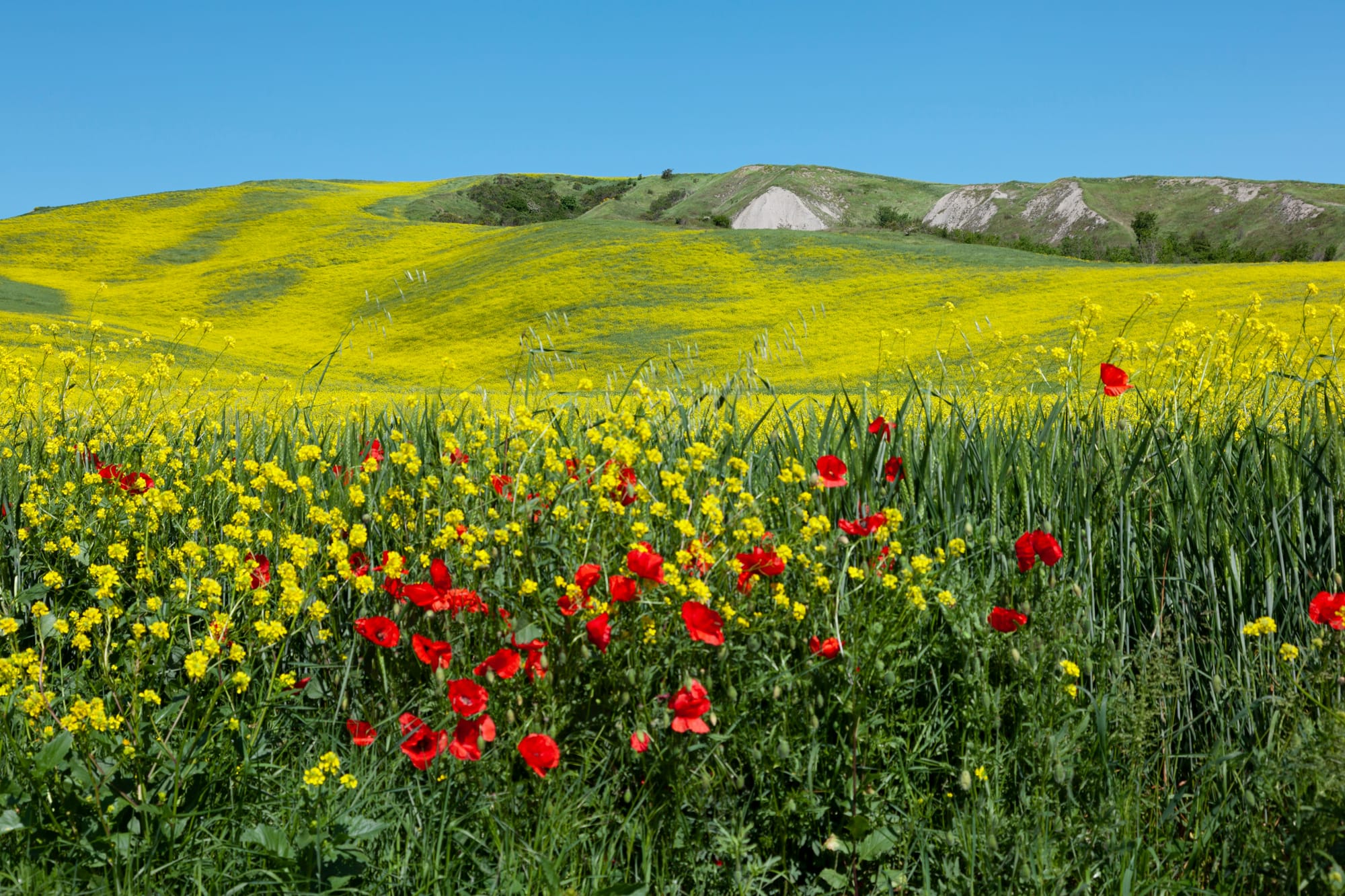
Summer (Estate): the season of radiance
- Months: June, July, August
- Italian summer, or estate, is a season of exuberance, high energy, and intense light. Life moves outdoors—to the beaches, the seaside promenades, and the open-air trattorias. The days are long and hot, often punctuated by the sound of cicadas and the lively chatter that extends late into the warm evenings. It is the classic season of la dolce vita, but it comes with significant crowds and heat.
Summer weather & regional climate
- North: Hot and often humid, especially in cities like Milan and Bologna. The Alps and Dolomites offer a cool, refreshing escape with perfect conditions for hiking and outdoor sports.
- Central: Temperatures in cities like Rome and Florence can become oppressively hot, particularly in July and August. The countryside offers some relief.
- South: Expect relentless sun and high temperatures. This is the quintessential season for the Amalfi Coast, Puglia, Sicily, and Sardinia, where life revolves around the sea. Be aware of the scirocco, a hot wind from Africa that can drive temperatures even higher.
Best things to do in Italy in Summer
Summer is defined by the coast and the mountains.
- Coastal life: This is the time to experience Italy's famed coastline. From the glamorous beaches of Sardinia's Costa Smeralda to the charming fishing villages of the Cinque Terre, the sea is the star.
- Mountain retreats: Escape the heat in the Dolomites or the Aosta Valley. The stunning alpine scenery is a paradise for hikers, climbers, and nature lovers.
- Outdoor festivals: The season is packed with cultural events. The most famous is the Verona Opera Festival, held in the city's ancient Roman amphitheater. Numerous village sagre (food festivals) celebrate local produce.
- The Ferragosto effect: Be mindful of August 15th, Ferragosto, a national holiday when much of the country shuts down as Italians head to the coast. Major cities can feel strangely empty, while coastal resorts are at maximum capacity.
Seasonal food: what to eat in Summer
Summer cuisine is light and vibrant. It's the season of ripe tomatoes, eggplant (melanzane), zucchini, and bell peppers. Enjoy fresh fish, simple pasta dishes with fresh pesto, and an abundance of stone fruits like peaches (pesche) and apricots (albicocche). And of course, gelato becomes an essential daily ritual.
Essential packing list for Summer in Italy
Lightweight, breathable fabrics like linen and cotton are a must. Pack swimwear, a wide-brimmed hat, high-SPF sunscreen, and sunglasses. For cities, comfortable sandals and light dresses or trousers are ideal.
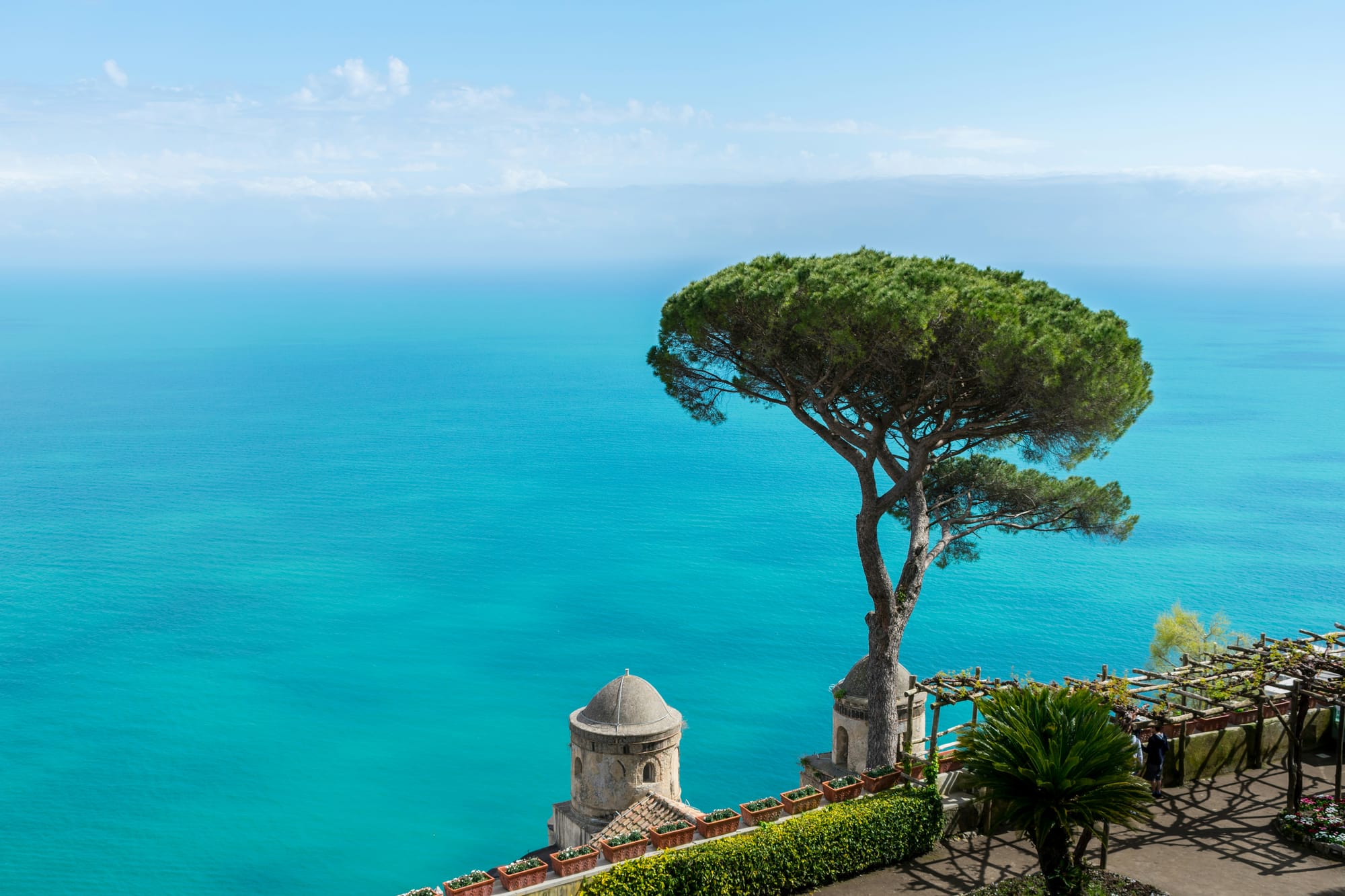
Autumn (Autunno): the richness of the harves
- Months: September, October, November
- Autumn, or autunno, is a season of profound beauty and sensory richness. The harsh light of summer softens into a golden glow, the tourist crowds begin to thin, and a new, more contemplative energy settles over the landscape. It is the season of the harvest—a time of abundance and deep culinary tradition. For many connoisseurs of Italy, this is the most rewarding time to visit.
Autumn weather & regional climate
- North: September can feel like an extension of summer. By October, the air is crisp, and the foliage in wine regions like Piedmont turns spectacular shades of red and gold. November brings cooler temperatures and the possibility of the first fogs.
- Central: September and October offer some of the best weather of the year—warm, sunny days and comfortable evenings. It's perfect for exploring the Tuscan and Umbrian countryside. November sees an increase in rainfall.
- South: The sea remains warm enough for swimming well into October. The intense heat of summer subsides, making it a wonderful time to explore the region's cultural sites without the crowds.
Best things to do in Italy in Autumn
Autumn is the season for food lovers and cultural explorers.
- The frape harvest (Vendemmia): Witnessing the vendemmia in regions like Tuscany, Piedmont, or Veneto is a quintessential Italian experience. Many wineries offer special tours and tastings.
- Truffle hunting: Head to Piedmont or Umbria for the world-renowned white truffle festivals (Fiera del Tartufo), particularly in Alba.
- Food festivals (Sagre): Nearly every weekend, towns and villages celebrate the local harvest with festivals dedicated to mushrooms (funghi), chestnuts (castagne), chocolate, and new wine (vino novello).
- Cultural touring: With fewer crowds and pleasant weather, it's an ideal time to revisit the great art cities of Rome, Florence, and Venice.
Seasonal food: what to eat in Autumn
The autumn table is rich and earthy. This is the season for porcini mushrooms, truffles (tartufi), pumpkin-filled pasta (tortelli di zucca), and game meats. It's time for robust red wines, roasted chestnuts, and the first pressing of new olive oil (olio nuovo).
Essential packing list for Autumn in Italy
Similar to spring, layers are key. Pack light sweaters, a mid-weight jacket, and a scarf. An umbrella is a wise addition for potential autumn showers. Ensure shoes are waterproof.
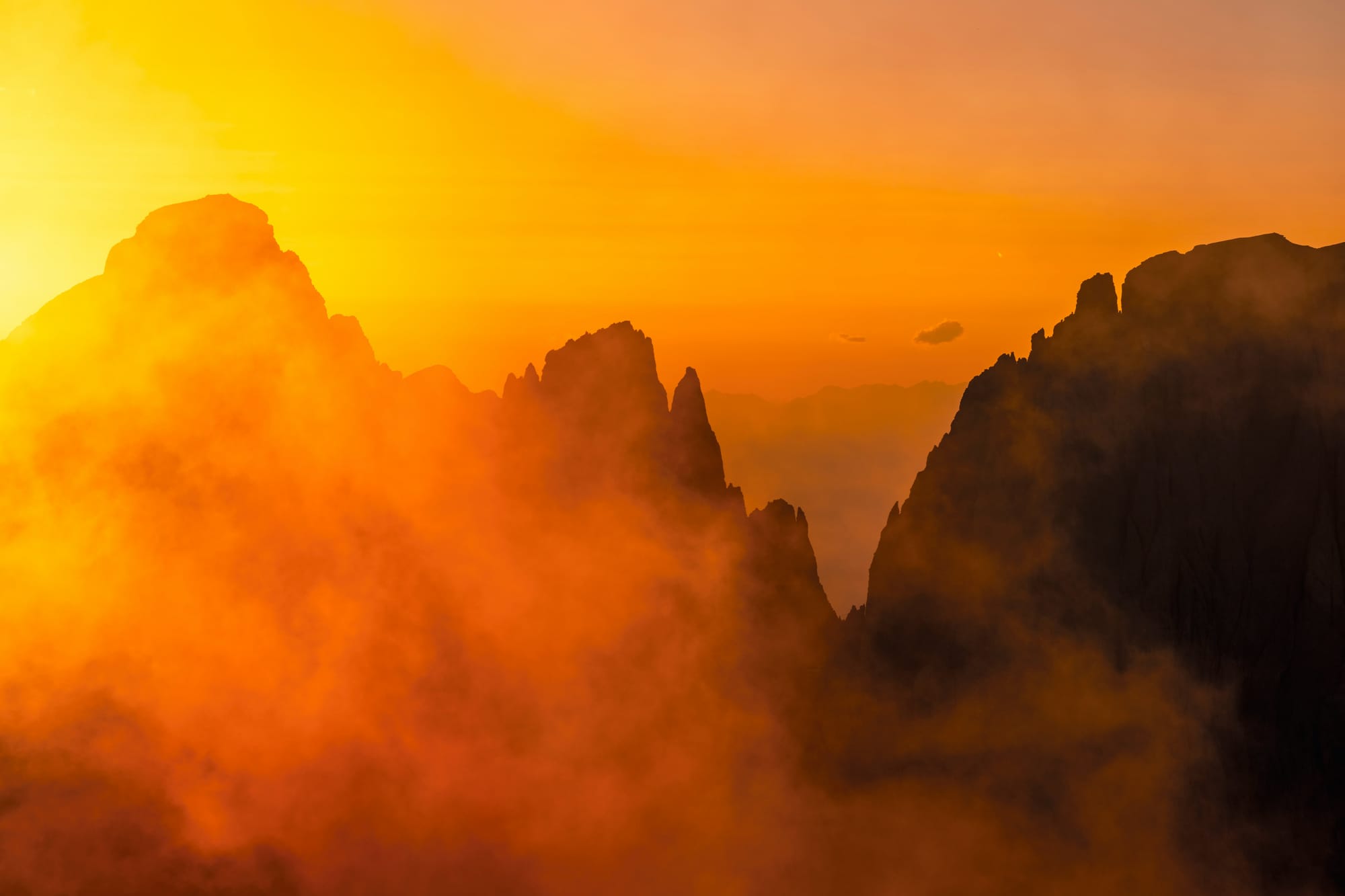
Winter (Inverno): a time for contemplation
- Months: December, January, February
- Winter, or inverno, reveals a more intimate and introspective side of Italy. The mood is cozy and quiet. While the north is cold and often snowy, the cities take on a magical, atmospheric quality, free from the throngs of tourists. It is a season for those who seek to connect with the soul of Italy, enjoying its cultural treasures in peaceful solitude.
Winter weather & regional climate
- North: Cold, with temperatures often dropping to freezing. Snow is common in the Alps and Apennines, creating a world-class skiing destination. Cities can be foggy and damp.
- Central: Winters are cool and wet, with occasional crisp, sunny days. Snowfall in cities like Florence or Rome is rare but possible.
- South: Winters are mild but can be rainy. Coastal towns are very quiet. Sicily enjoys some of the mildest winter temperatures in Italy, particularly in coastal areas.
Best things to do in Italy in Winter
Winter offers unique, crowd-free experiences.
- World-class skiing: The Dolomites and the Western Alps (Valle d'Aosta, Piedmont) offer some of the best ski resorts in Europe, combining thrilling slopes with excellent Italian cuisine.
- Christmas markets: Experience the charming, German-influenced Christmas markets in Trentino-Alto Adige (Bolzano, Merano, Bressanone). Cities across Italy are adorned with beautiful lights and nativity scenes (presepi).
- Museums and galleries: Enjoy near-private viewings of masterpieces in the Uffizi Gallery or the Vatican Museums. The lack of queues is a significant advantage.
- Carnevale: In the lead-up to Lent (usually in February), several cities host vibrant carnival celebrations. The most famous are the elegant, masked affair in Venice and the satirical float parade in Viareggio.
Seasonal food: what to eat in Winter
Winter food is about comfort and warmth. It's the season for hearty soups like ribollita, slow-braised meats, rich polenta, and cured meats. In the south, it's the peak season for citrus fruits like blood oranges and lemons.
Essential packing list for Winter in Italy
A warm, waterproof coat is essential, along with hats, gloves, and scarves. Waterproof boots are highly recommended, especially for Venice. Pack warm sweaters and trousers.
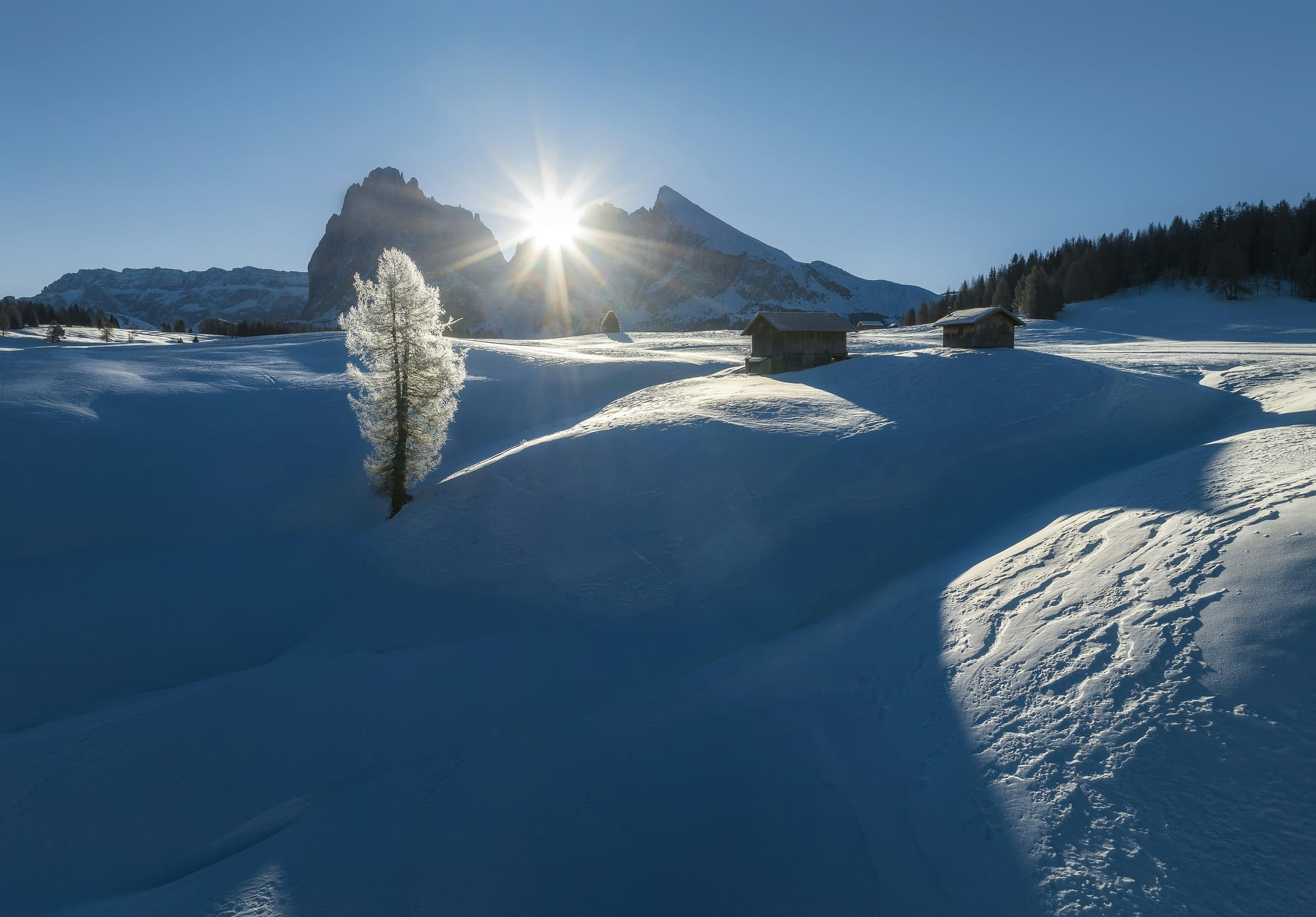
Italy by travel style: high, low and shoulder seasons explained
Beyond the four distinct seasons, the Italian travel year is best understood through three categories that reflect cost, crowds, and overall experience. For the discerning planner, choosing among them is as important as choosing a destination.
High season (alta stagione): June – August
This is the period of maximum vibrancy and, consequently, maximum demand. The weather is hottest, the days are longest, and every corner of the country is fully operational. It is the best time for a classic beach holiday and for enjoying outdoor evening events. However, this comes at a price: flights and accommodations are at their most expensive, major attractions are exceptionally crowded, and the heat in cities can be draining. A trip during this time requires meticulous advance booking for everything from hotels to museum tickets.
Low season (bassa stagione): November – February
This is Italy at its most tranquil and introspective. For travelers seeking to avoid crowds and find the lowest prices, this is the ideal window. It offers an unparalleled opportunity to experience world-famous art and historical sites in relative solitude. The trade-offs are significant: the weather is cold and often damp, daylight hours are short, and many hotels and restaurants in smaller coastal and rural towns may be closed. It is a season best suited for city-focused cultural immersion.
The shoulder seasons (stagioni intermedie): April – May & September – October
For many seasoned travelers, the shoulder seasons represent the "sweet spot" for visiting Italy. They offer the most agreeable balance of all factors. The weather is typically pleasant and mild, perfect for both city exploration and countryside excursions. While no longer a secret, the crowds are far more manageable than in summer, and prices are more moderate. Spring brings blooming landscapes and a feeling of renewal, while autumn offers the rich colors of the changing foliage and the bounty of the harvest. These months provide the best of all worlds, though booking ahead is still highly recommended.

A year in Italy: key festivals & events by season
To travel through Italy is to travel through its calendar of festivals. These events, from solemn religious processions to boisterous food celebrations (sagre), are the heartbeat of local culture and offer a unique window into authentic Italian life.
Spring events in Italy
- Pasqua (Easter Week): Celebrated nationwide, with particularly famous and dramatic processions in Sicily (Trapani), Sardinia (Alghero), and Umbria that date back centuries.
- Infiorata Festivals (May-June): Towns like Noto in Sicily and Spello in Umbria create stunning, intricate carpets of flowers on their streets for the Corpus Domini procession.
- Maggio musicale fiorentino (May, Florence): One of Italy's oldest and most prestigious classical music festivals.
Summer events in Itaky
- Festa della Repubblica (June 2): Italy's national day, marked by a grand military parade along the Fori Imperiali in Rome.
- Verona Opera Festival (June-August): A truly magical experience, with world-class opera performances staged in a magnificent 1st-century Roman amphitheater.
- Il Palio di Siena (July 2 & August 16): A historic, bareback horse race in Siena's Piazza del Campo. It is an intense, deeply traditional spectacle that consumes the entire city.
Autumn events in Italy
- Venice International Film Festival (Late August/Early September): The world's oldest film festival, bringing glamour and cinema to the Venetian Lido.
- Alba white truffle Festival (October-November, Alba): The most famous festival of its kind, celebrating Piedmont's prized "white gold" with markets, tastings, and medieval reenactments.
- Sagre (Nationwide): Autumn is the peak season for local food festivals celebrating the harvest of grapes, chestnuts, mushrooms, olives, and chocolate.
Winter events in Italy
- Christmas markets (Mercatini di Natale, December): The northern region of Trentino-Alto Adige, with its Germanic heritage, hosts the most famous markets in cities like Bolzano, Merano, and Trento.
- Festa di Sant'Ambrogio (December 7, Milan): The feast day of Milan's patron saint, which traditionally marks the opening night of the season at the legendary La Scala opera house.
- Carnevale (February/March): The period before Lent erupts in celebration. The most famous is in Venice for its elegant masks, while Viareggio is renowned for its gigantic, satirical paper-mâché floats.
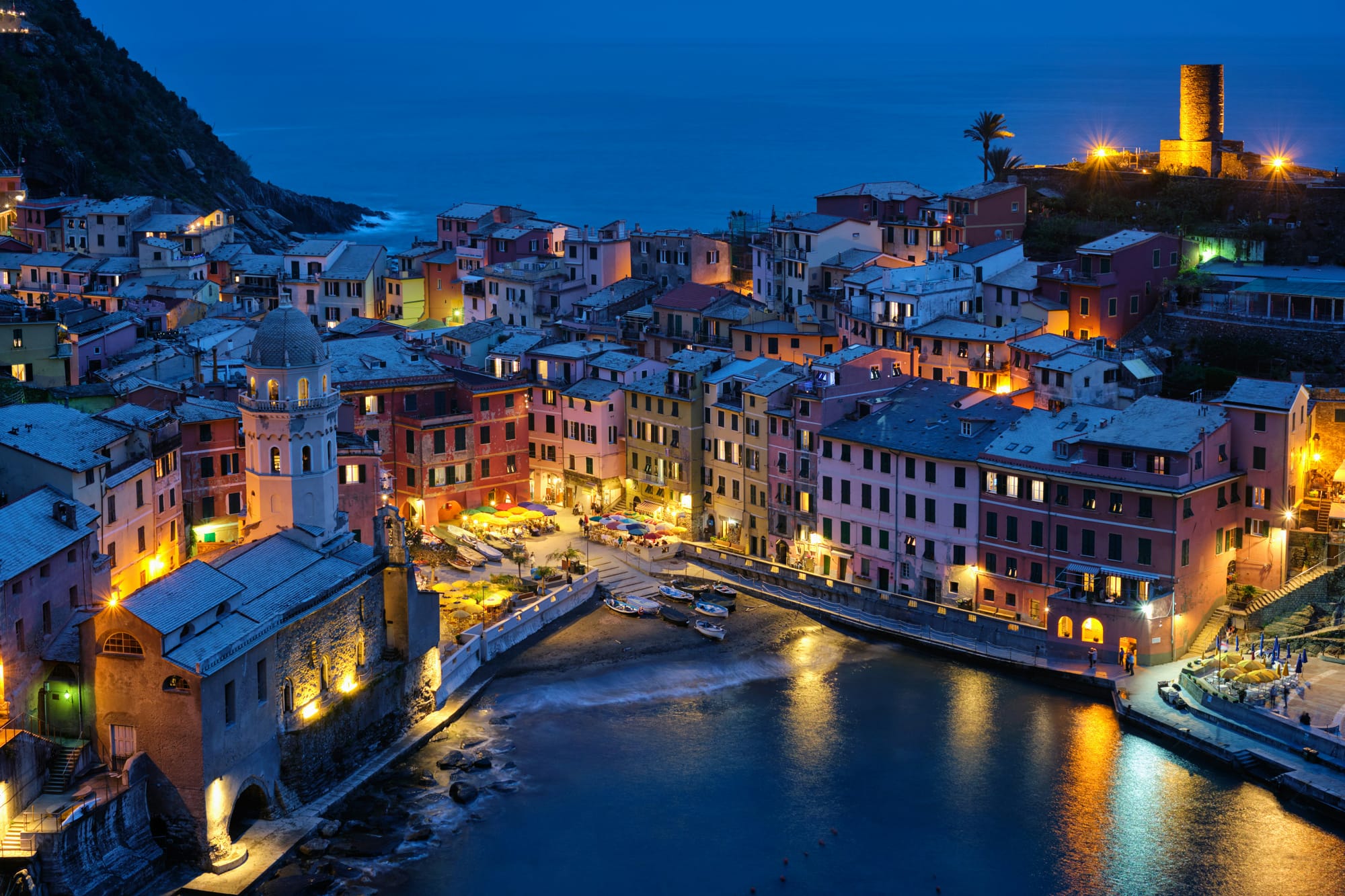
Frequently Asked Questions about a trip to Italy
What is the cheapest month to visit Italy?
- Generally, the most affordable months are in the low season, from November to February (excluding the holiday period around Christmas and New Year's). During this time, flights and accommodation prices are at their lowest.
When is the best time to visit Italy to avoid crowds?
- The low season (November to February) offers the most crowd-free experience. If seeking better weather, the fringes of the shoulder seasons—early April, late October, or early November—provide a good compromise between fewer tourists and pleasant conditions.
Is August a bad time to visit Italy?
- August is not inherently "bad," but it presents a unique set of challenges. Travelers must be prepared for intense heat, especially in the south and in major cities, as well as peak crowds and prices in coastal areas. It's also the month of Ferragosto (August 15th), when many Italians are on vacation, meaning some family-run shops and restaurants in cities may close.
When is the best time for a food-focused trip?
- While every season has its culinary highlights, Autumn is widely considered the ultimate season for a gastronomic journey. It is the time of the grape and olive harvests, and the season for prized ingredients like white truffles and porcini mushrooms.
How predictable is the weather in Italy?
- Italian weather can be unpredictable, particularly in the shoulder seasons of spring and autumn. It is not uncommon to experience a cool, rainy day followed by a warm, sunny one. The key is to pack layers—a light jacket, sweaters, and a scarf—that can be easily adapted to changing conditions. The north-south divide also means there is no single weather pattern for the whole country at any given time.
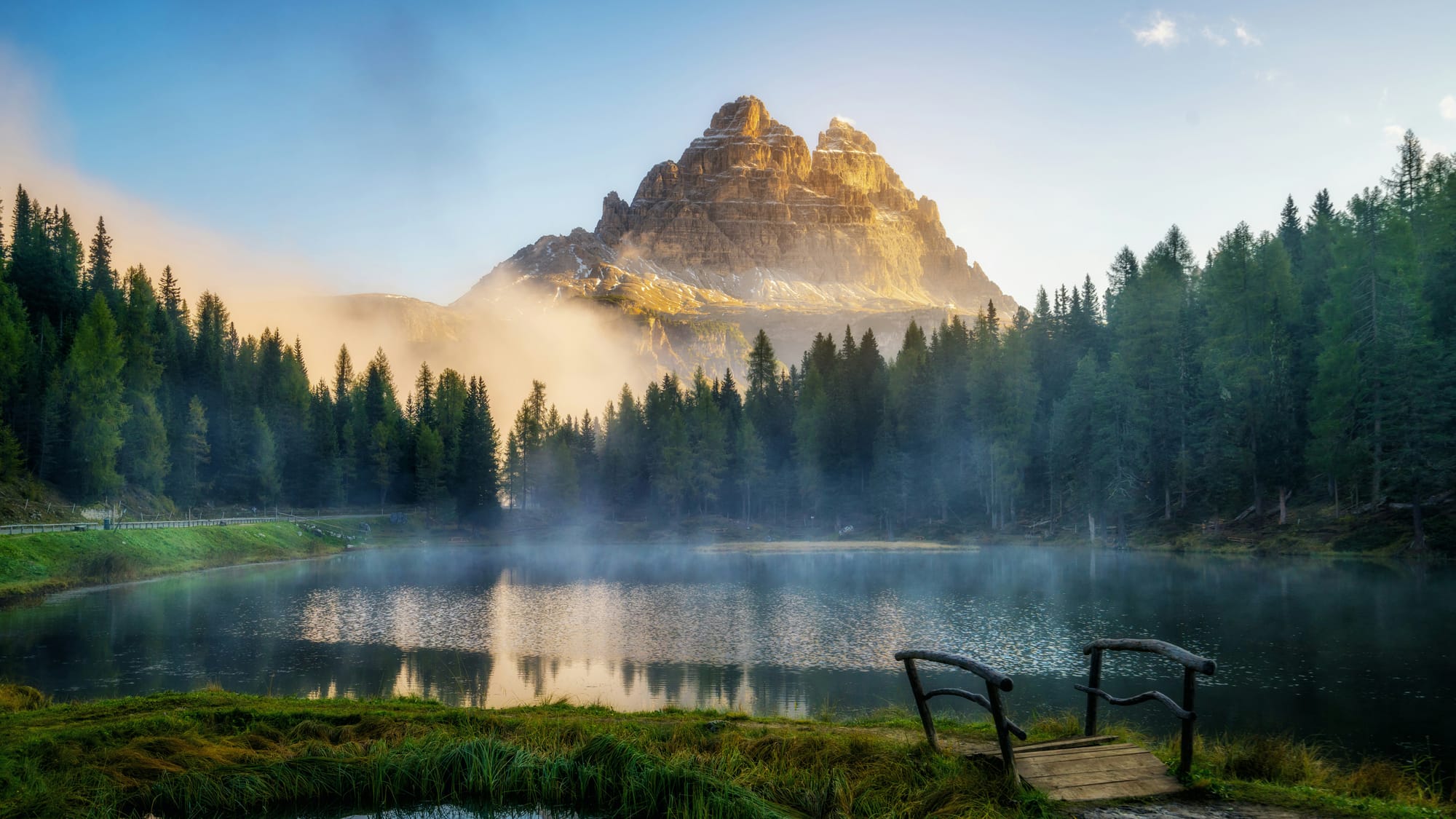
Choosing your perfect season in Italy
Ultimately, the question of when to visit Italy has no single, definitive answer, because the country itself is not a single, monolithic entity. The 'perfect' season is a reflection of the traveler's own intentions and desires. It is a deeply personal choice that defines the very character of the journey to come, shaping everything from the light in which the landscapes are viewed to the flavors that grace the table.
- For the first-time visitor focused on iconic sights, the shoulder seasons of Spring and Autumn offer the best balance of pleasant weather and manageable crowds.
- For the sun-seeker and beach lover, the high energy of Summer is unparalleled, provided one is prepared for the heat and peak-season prices.
- For the food and wine connoisseur, Autumn is the undeniable champion, a non-stop celebration of the harvest.
- For the cultural purist, the budget-conscious traveler, and the winter sports enthusiast, Winter provides a unique opportunity to experience a quieter, more authentic Italy.
To understand Italy's seasons is to understand Italy itself. It is the foundational architectural decision upon which a truly bespoke itinerary is built. This knowledge transforms a simple vacation into a curated experience, moving beyond a checklist of sights to a genuine engagement with the land, its people, and its timeless rhythms. Choosing a season is not merely a logistical consideration of weather; it is the first, most meaningful brushstroke on the canvas of a future memory. It is the art of aligning one's own pace with the heartbeat of a nation. And in that alignment, the traveler finds not just a destination, but an Italy that feels truly their own.
